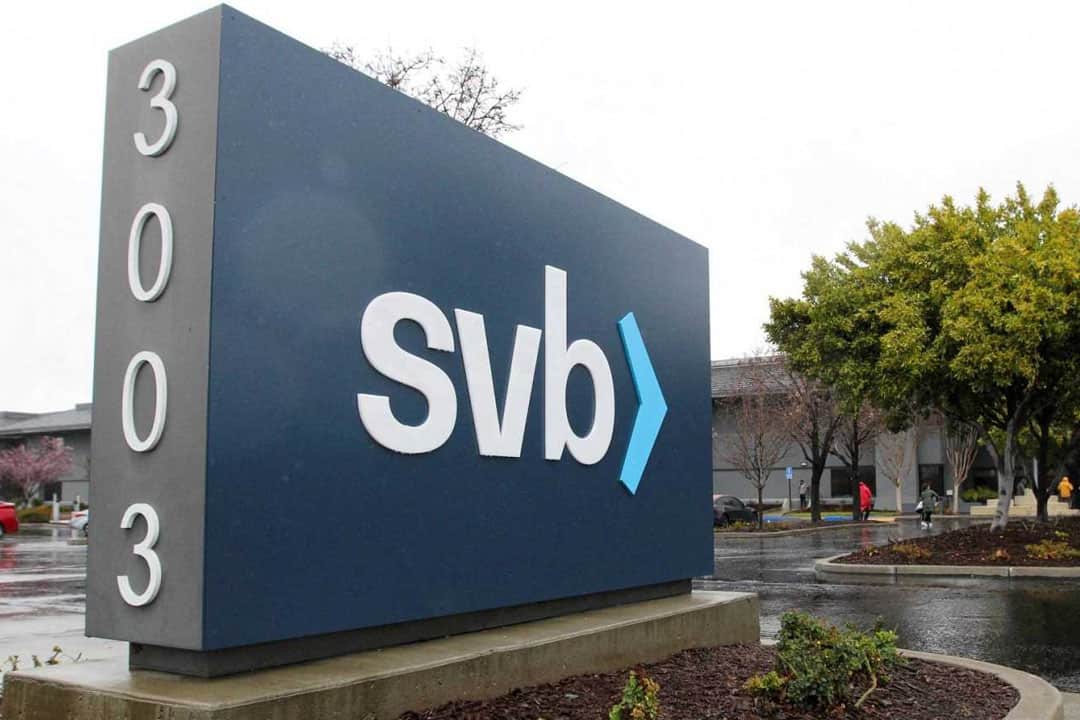Almost a year after the fall of Silicon Valley Bank (SVB), which triggered a crisis in the mid-sized US banking sector, the current administration of the entity is looking to reconquer its Latin American clientele and is searching for a leader to direct business with companies in the region. This is confirmed by Andy Tsao, managing director of SVB for international markets, who, in an interview with Bloomberg Línea, expressed renewed optimism: “We are working hard to let them know that SVB is operational and with the same essence as years ago.”
SVB recently posted a job opening for a vice president of business development in the area of Latin American startups, with location options in Miami, San Francisco, or New York. According to Tsao, the team expansion is justified by the numerous clientele in the region despite the economic adversities of the Latin American market this year.
Before the financial setback, SVB enjoyed a privileged position among the favored banks by venture capital investors and startups, including players from Latin America. However, economic uncertainty caused a banking stampede, resulting in SVB’s bankruptcy and subsequent intervention by the FDIC, akin to the Credit Guarantee Fund in Brazil. In March, SVB was acquired, becoming a division of First Citizens Bank.
The Great Challenge of Silicon Valley Bank
Despite recent challenges, the leaders of Silicon Valley Bank are focused on reconquering the trust and assets of their former Latin American clients. Tsao admits that the events of March impacted their reputation in the region, prompting the migration of funds to other financial entities. An example is the Brazilian-origin fintech Brex, which benefited. However, Tsao clarified that the accounts were not closed and the customers were returning.
“Now that they are aware that we have been acquired and operate under First Citizens Bank, keeping the same team and focus, and that we are financially solid, we are seeing funds return,” assures Tsao.
The challenge is not minor, as SVB must not only restore the faith of its clients but also face competitors who took advantage of the situation. Following the collapse, various institutions and fintechs positioned themselves to absorb the funds from Brazilian startups and other clients during and after the crisis.
Companies like Trace Finance and Latitud, for example, introduced banking products to rescue balances from startups with funds trapped in SVB. Large banks such as JPMorgan and Morgan Stanley, as well as smaller entities like Mercury and the Brex above, also benefited. After the fall, Brex captured deposits worth USD $1 billion in just 48 hours.
In response, Trace Finance launched an American account for foreign companies. It announced a global fund in partnership with a US bank, seeking to offer a higher level of security for companies to deposit their money.
The relationship of Silicon Valley Bank with Latin America is not new; it goes back more than a decade, with the first trip of its representatives to Brazil in 2012, discovering a vibrant ecosystem and inspiring founders. According to Tsao, SVB’s commitment to the region is firm and continues intact.
Customers, Tsao claims, are expressing enthusiasm at seeing SVB return to the scene, recognizing that the entity has a specialized focus and a deep understanding of the needs of startups and investors, which is not easily replicable.







